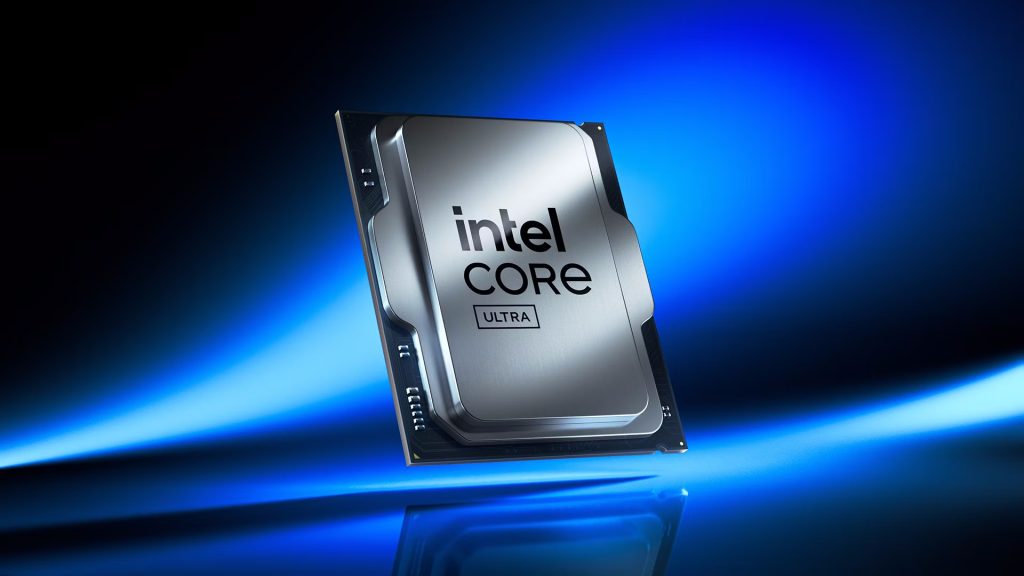The next major desktop platform in Intel's client CPU portfolio, “Nova Lake-S”, has reportedly taken a significant step towards reality. According to a new report, a compute tile for the next-generation desktop processor has successfully “taped out” at TSMC's facilities in Taiwan.
Based on the new report from SemiAccurate (via HardwareLuxx), it seems Intel is pursuing a dual-foundry strategy for Nova Lake. The rumour mill has long suggested that the architecture would be a showcase for Intel's 18A process, but this tape-out on TSMC's cutting-edge N2 node suggests a hybrid approach is on the cards. This could be a strategic decision to mitigate risk and ensure a stable supply chain, or simply a way to guarantee enough volume to meet potential demand.

If previous architectural leaks hold true, Nova Lake-S is shaping up to be an absolute monster. The flagship desktop CPUs are expected to feature a highly complex, tiled architecture with a total of 52 cores. This is rumoured to be a breakdown of 16x P-Cores, 32x E-Cores, and an additional 4x low-power E-Cores located on the SoC tile to handle background tasks. This is all expected to be paired with a memory controller supporting speeds of up to 8,800 MT/s.
The graphics solution is equally ambitious, featuring a disaggregated design. The rumour suggests the main graphics rendering will be handled by the upcoming Xe3 “Celestial” architecture, while the media and display engines will be powered by the even newer Xe4 “Druid” architecture.
A successful tape-out is the first major step in a long journey to retail shelves. The freshly manufactured compute tiles will now undergo weeks, or even months, of “power on” validation and testing in Intel's labs. Once cleared, high-volume manufacturing can begin, which itself takes several months. All told, this timeline points towards a launch in H2 2026.
Discuss on our Facebook page, HERE.
KitGuru says: Can Intel Nova Lake-S help Intel recover its position in the desktop consumer market?
 KitGuru KitGuru.net – Tech News | Hardware News | Hardware Reviews | IOS | Mobile | Gaming | Graphics Cards
KitGuru KitGuru.net – Tech News | Hardware News | Hardware Reviews | IOS | Mobile | Gaming | Graphics Cards


